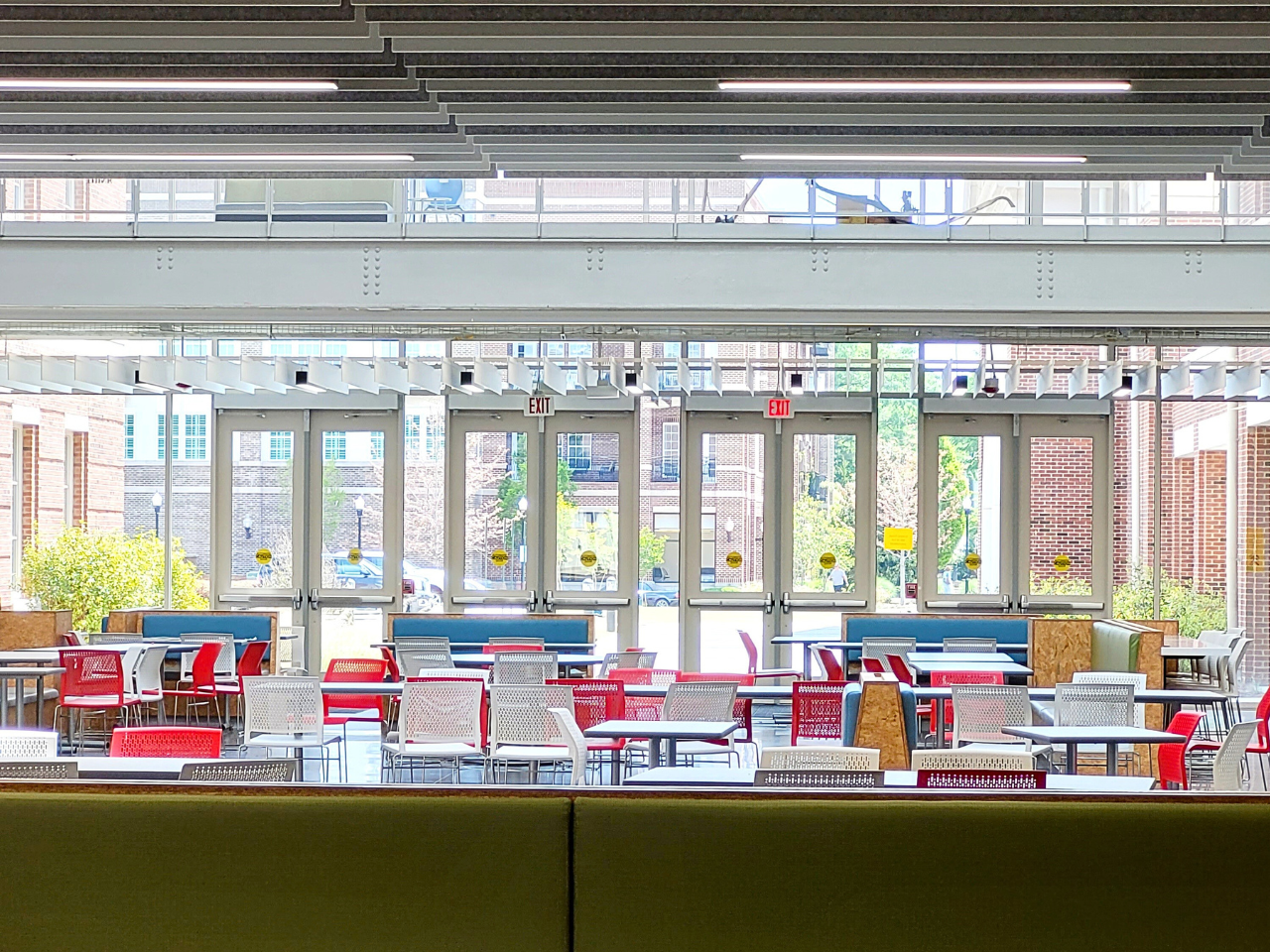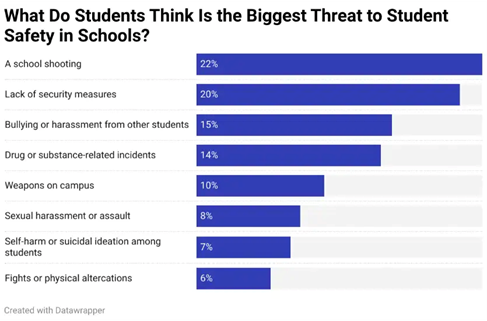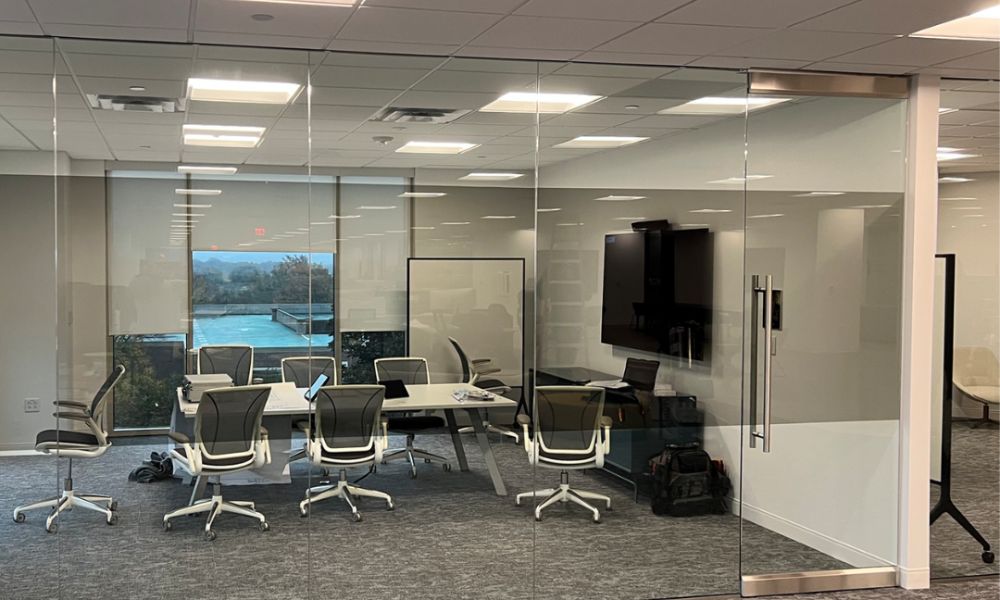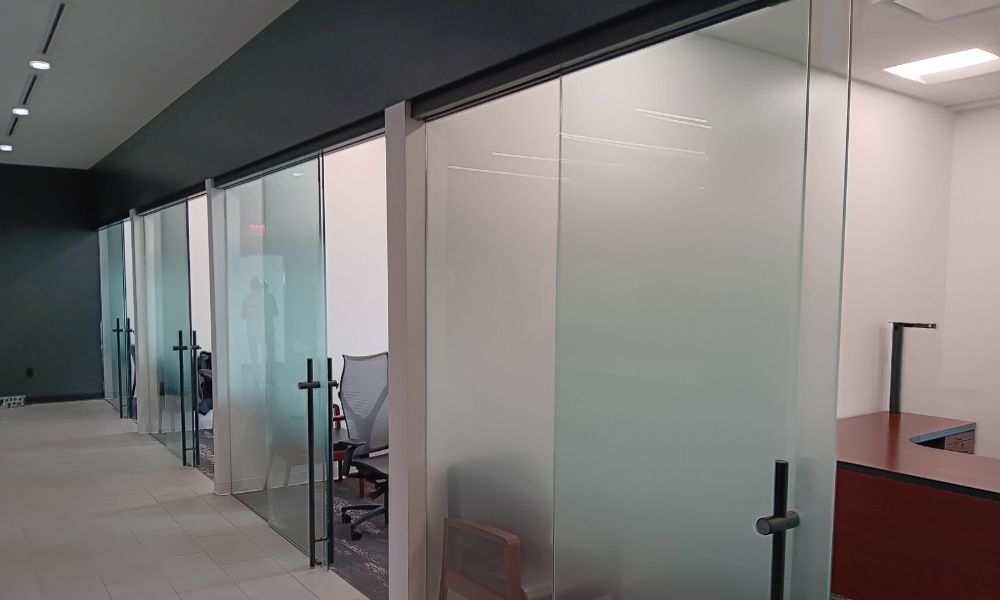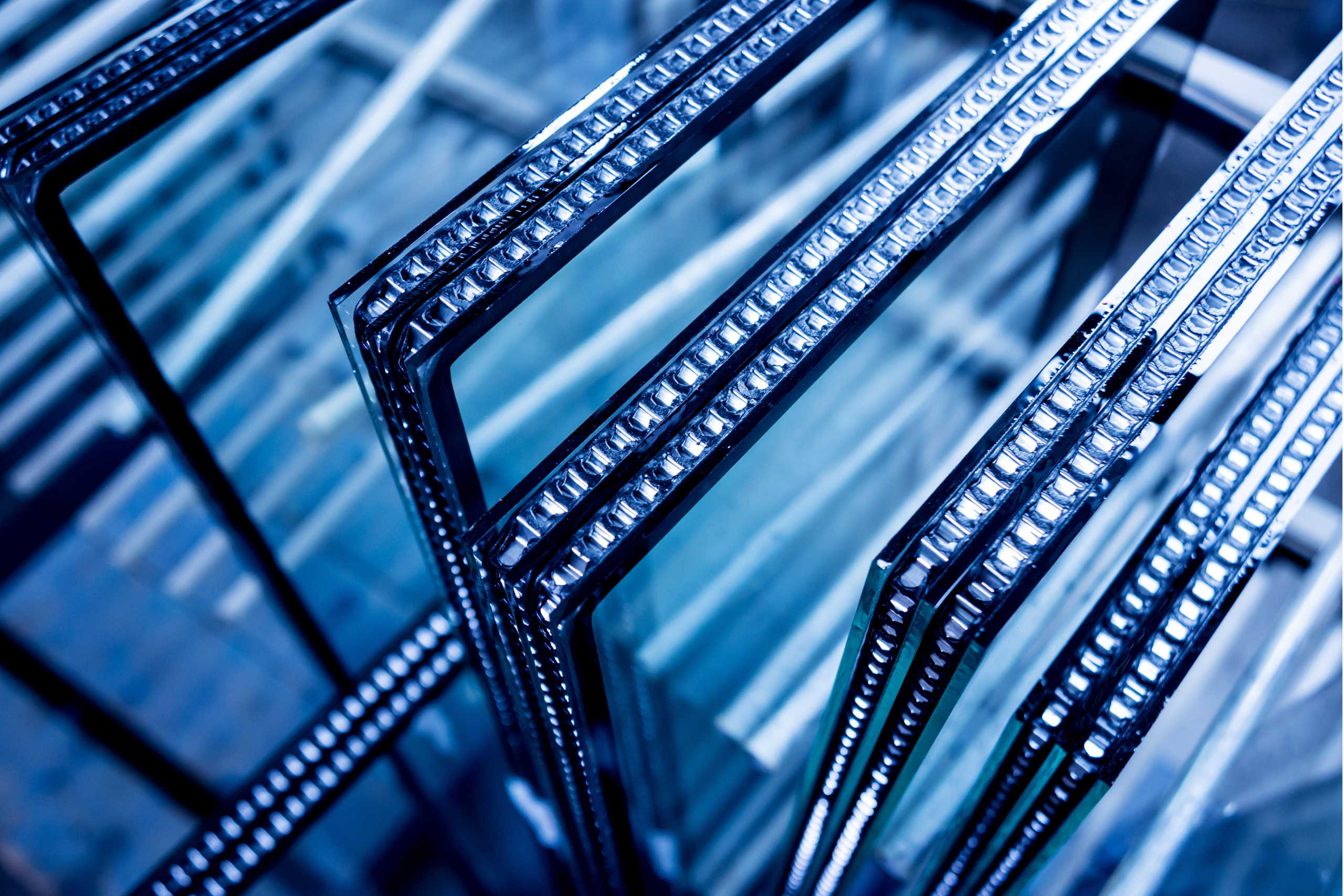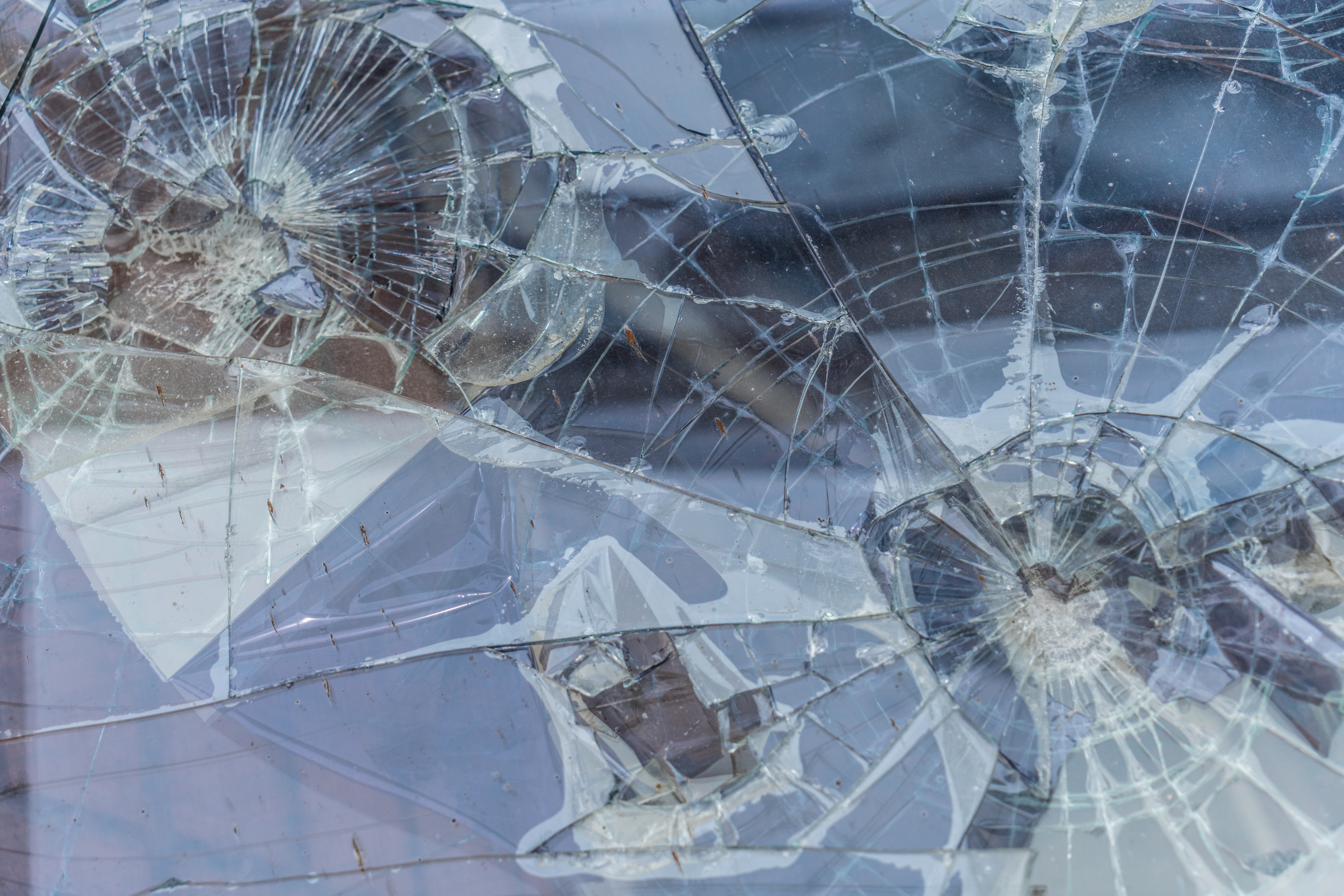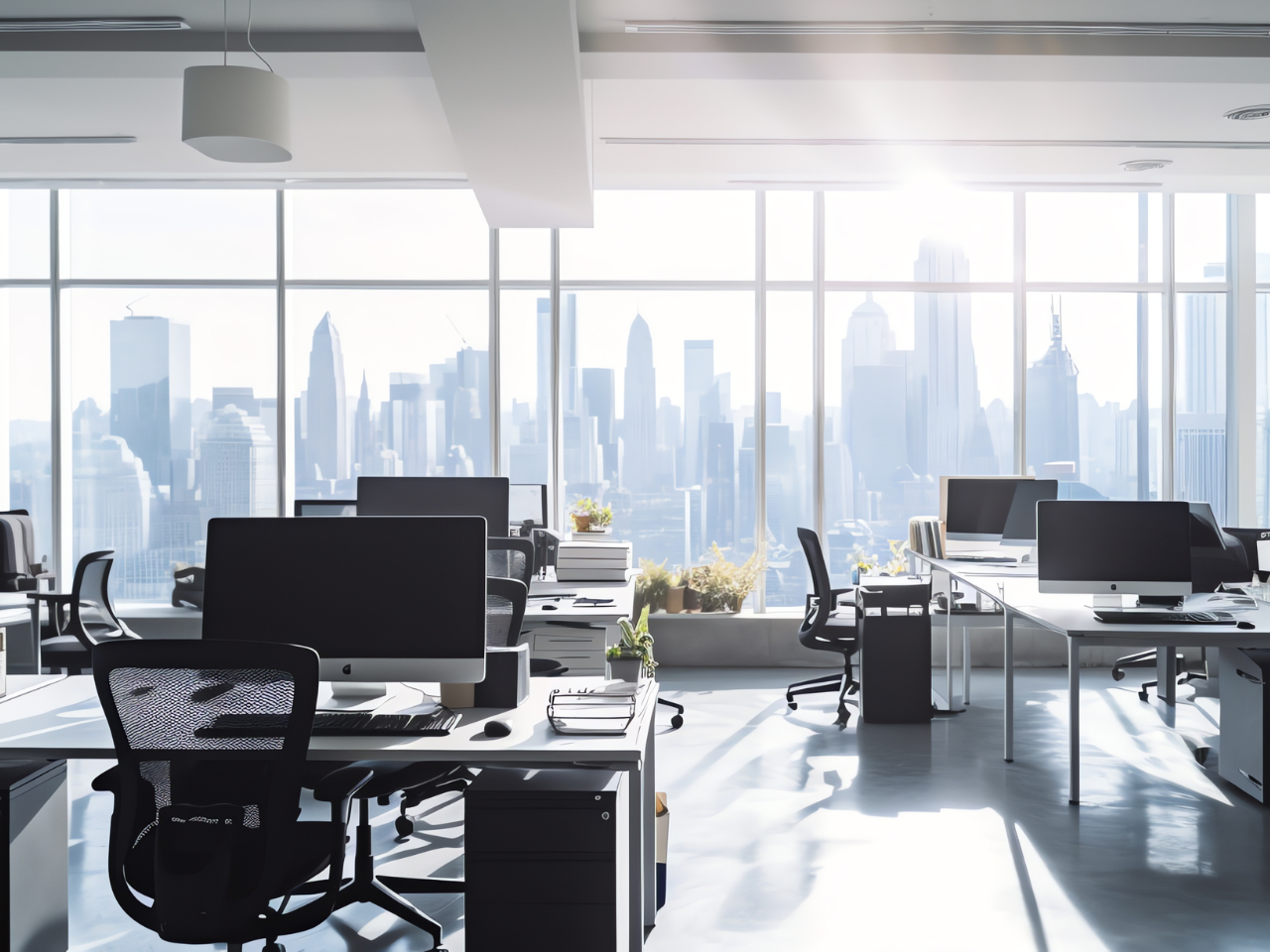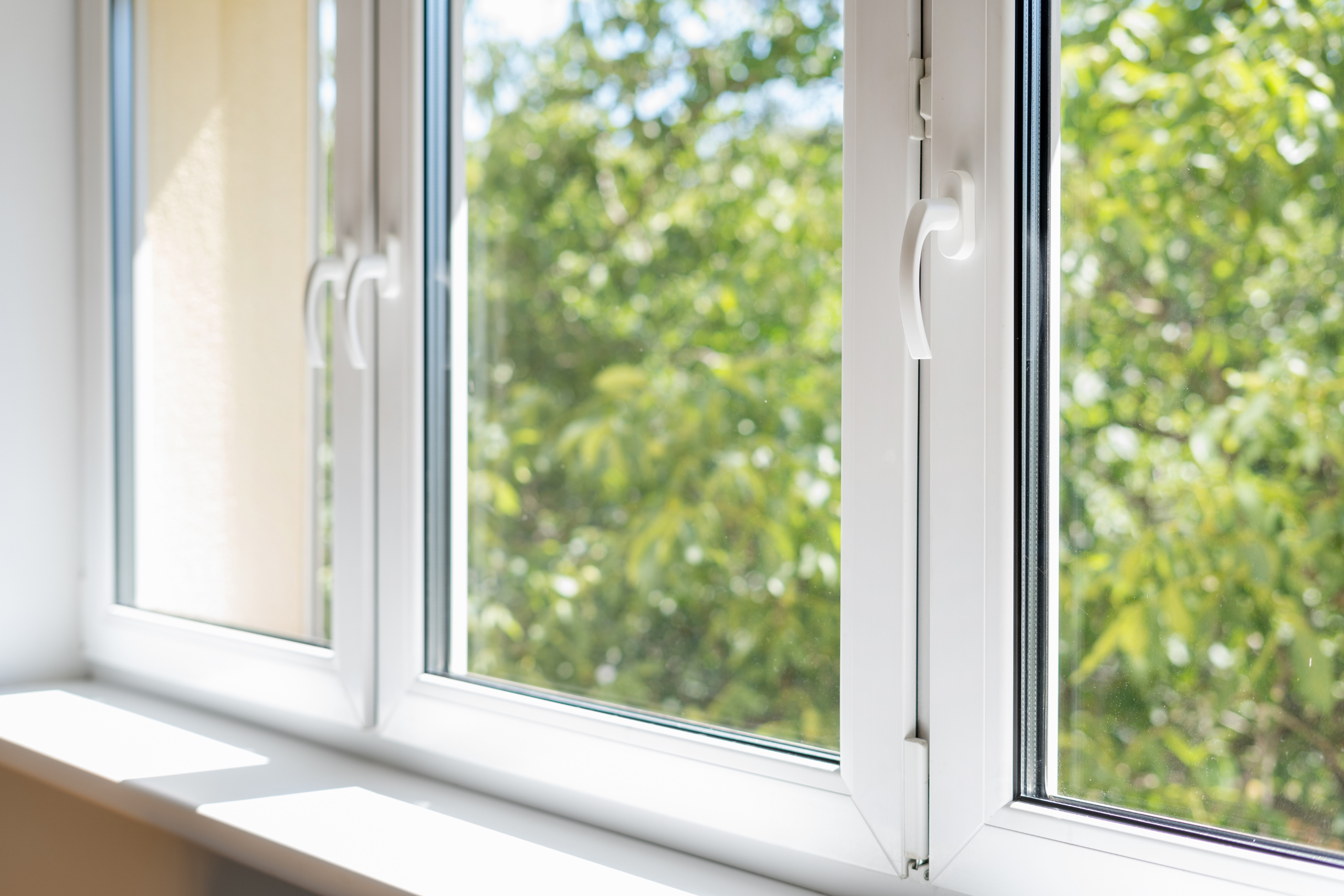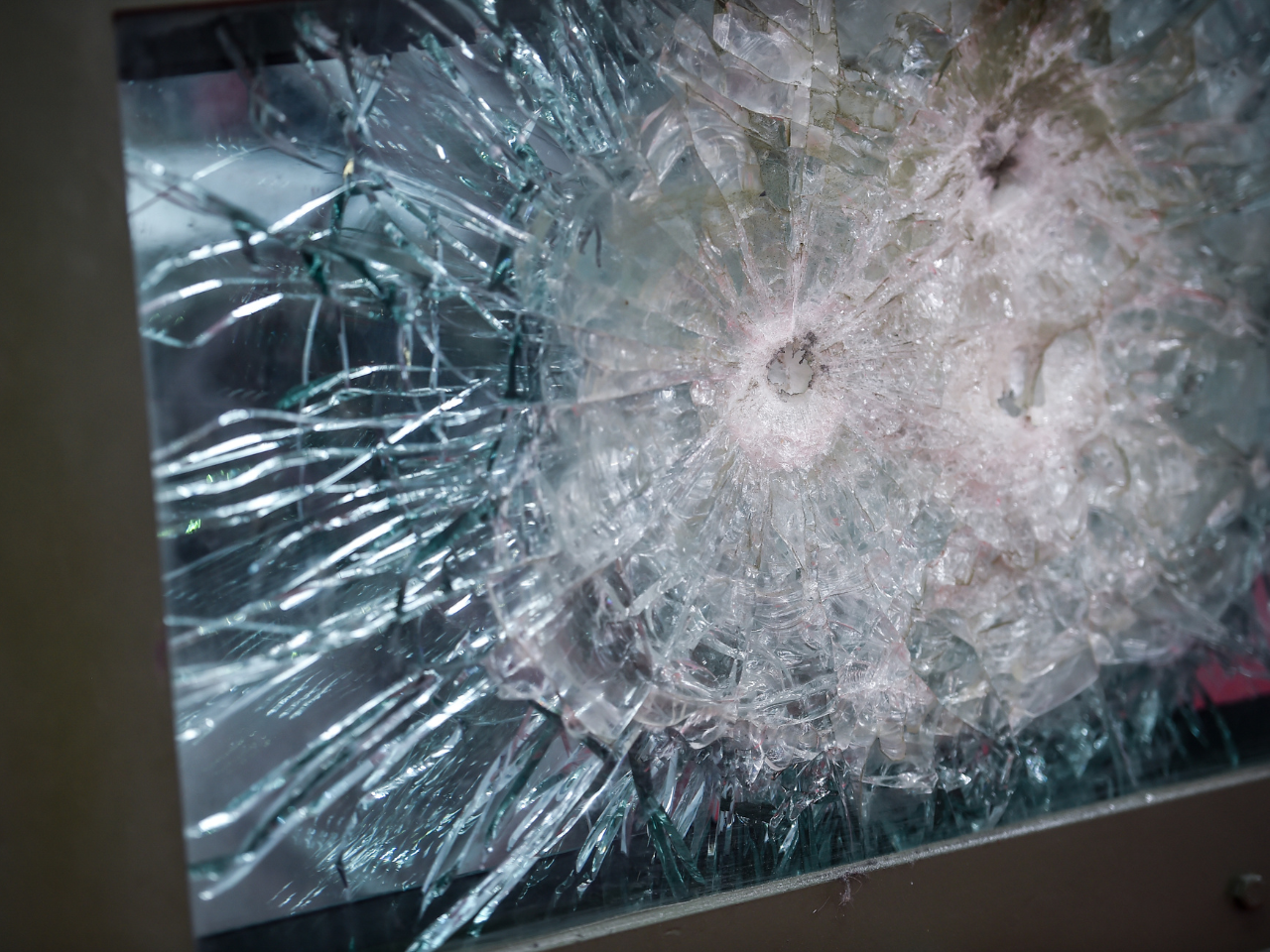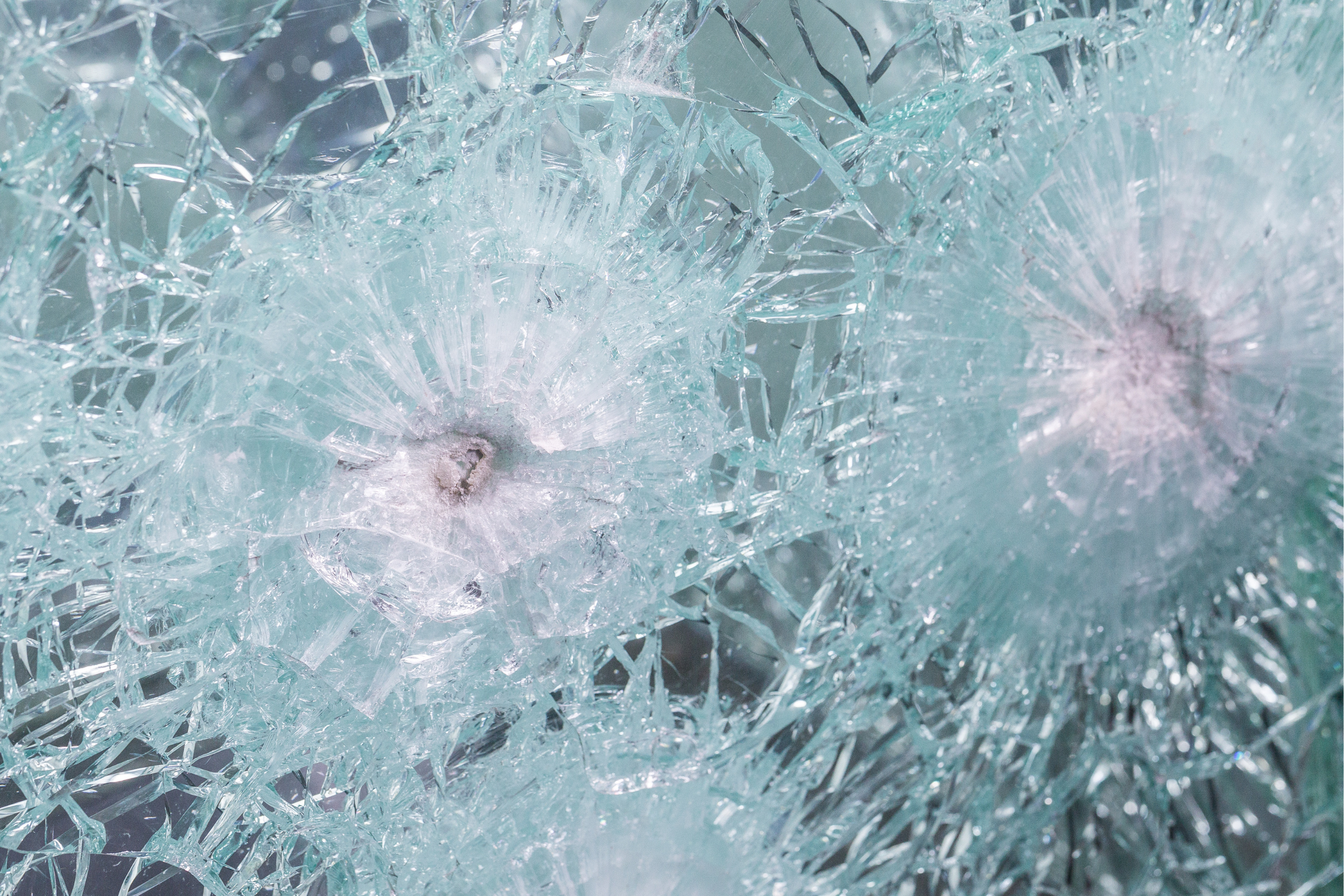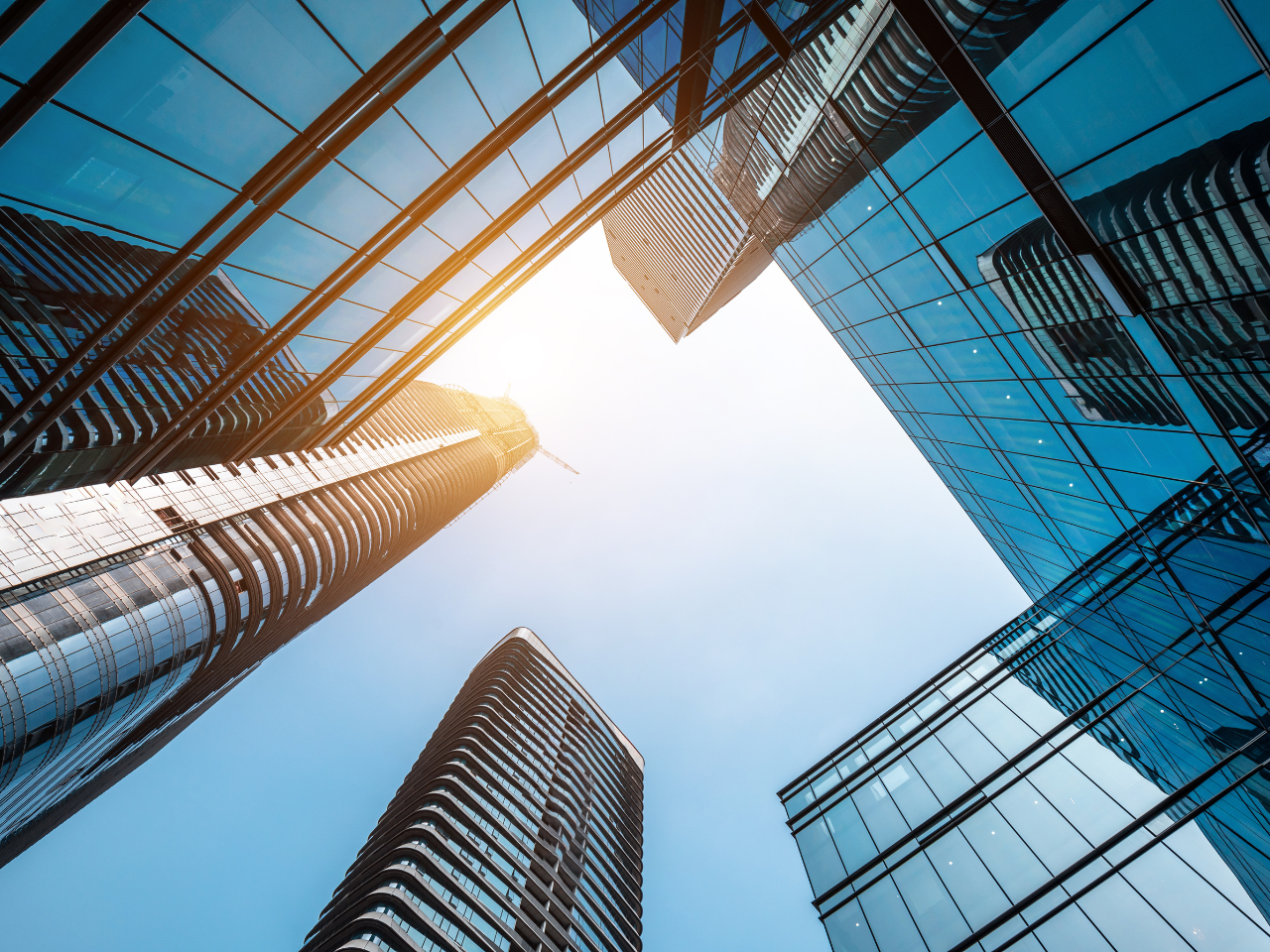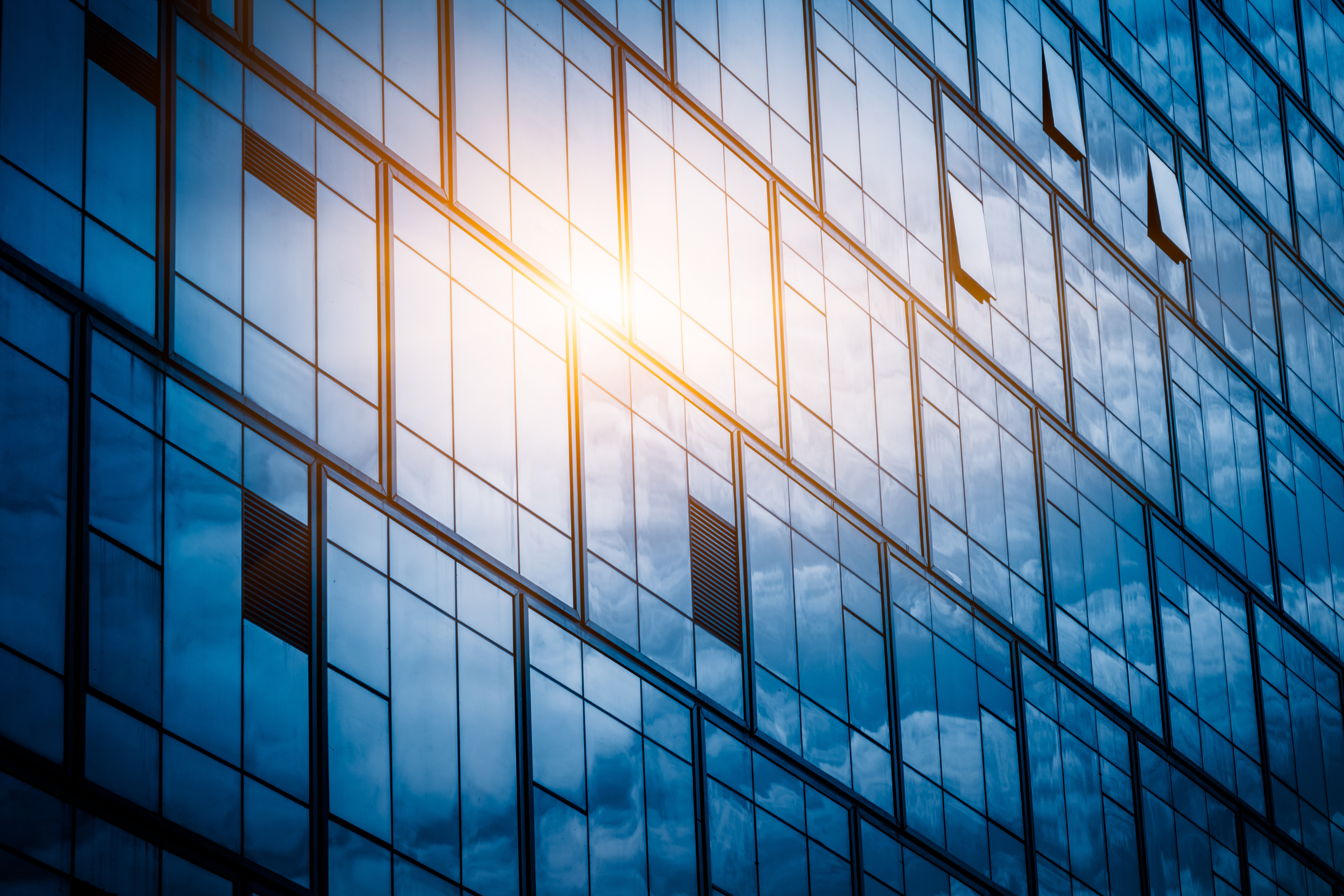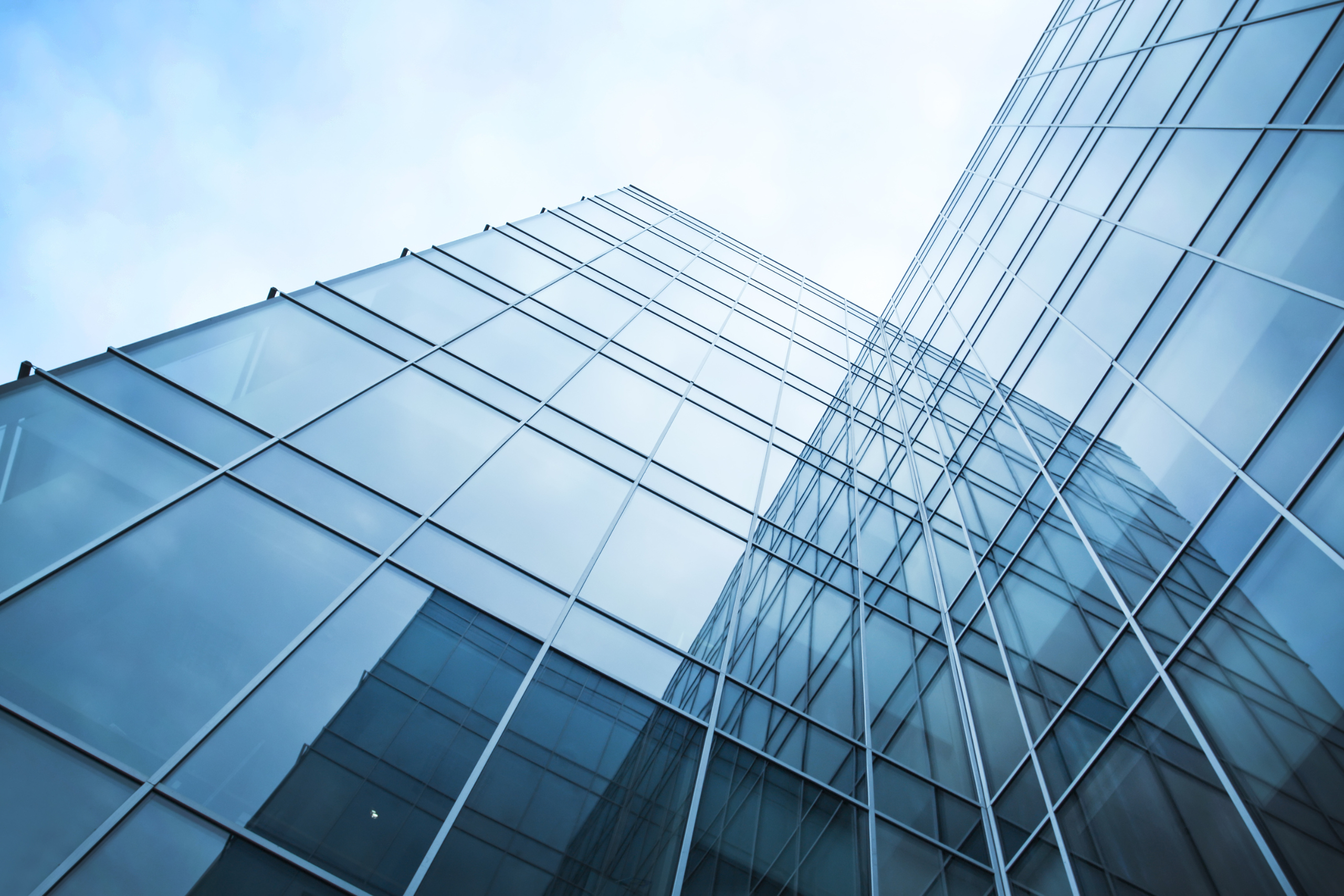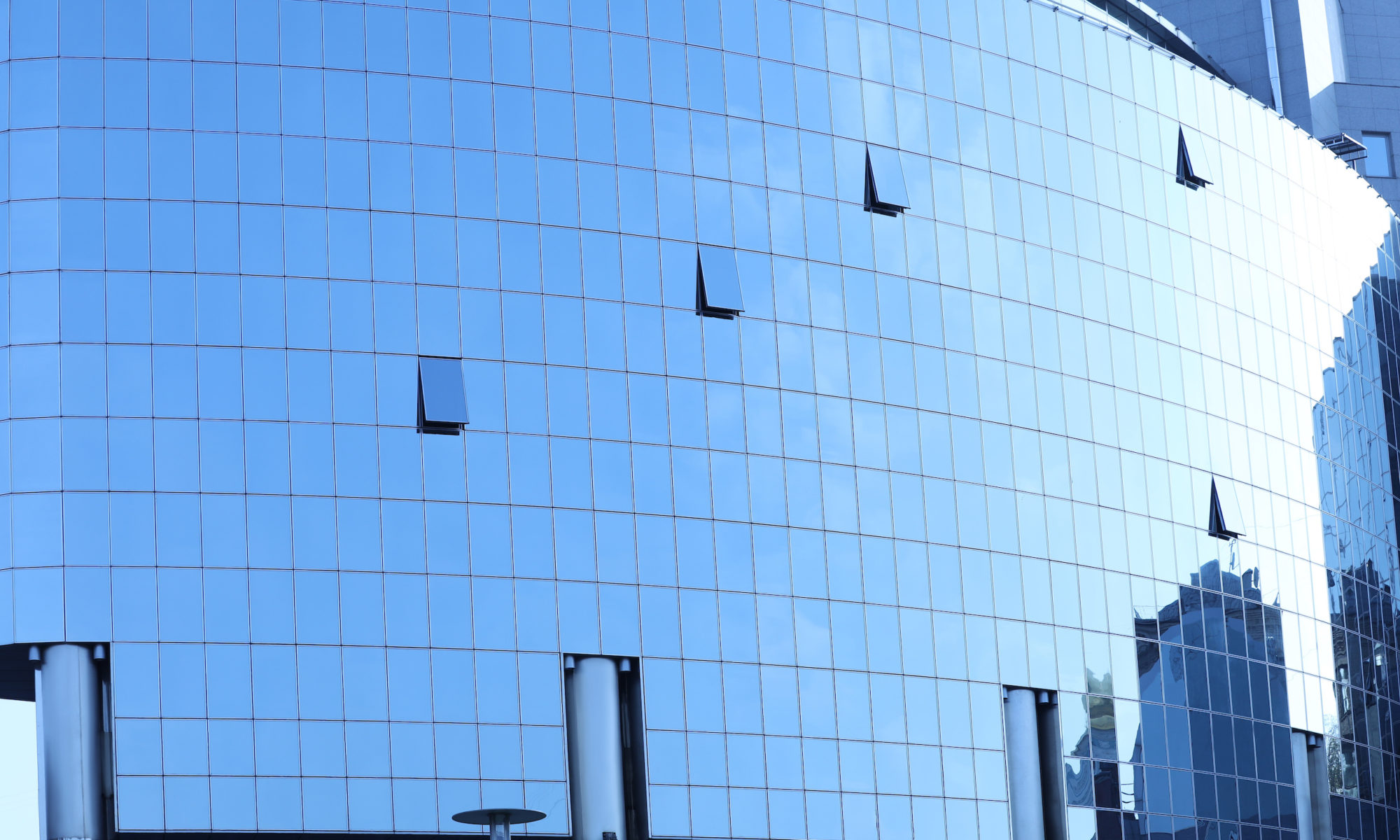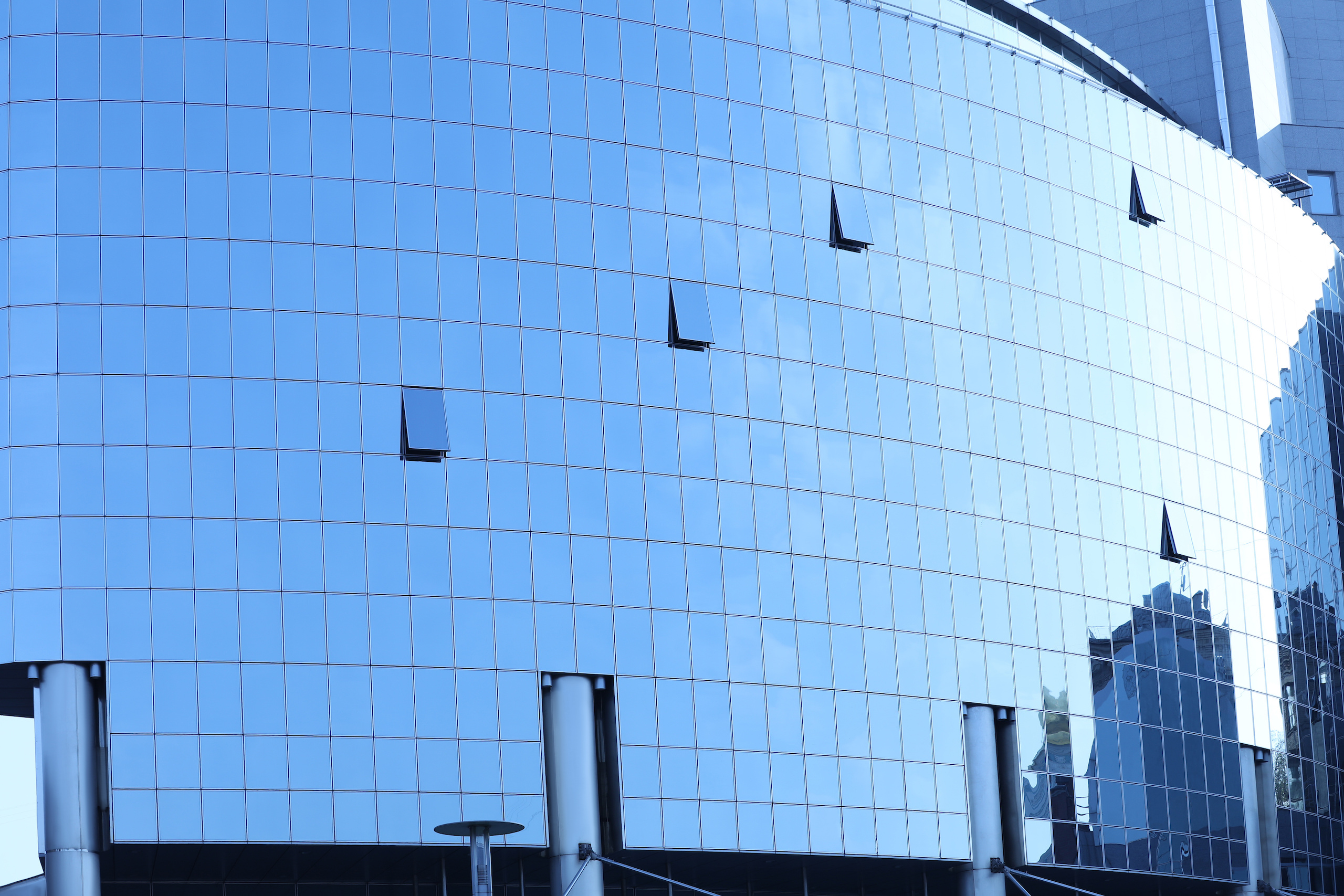- Why Glass Door and Window Safety Matters
- Common threats
- What Are the Safety Considerations for Windows?
- Are Glass Doors a Security Risk?
- Why glass doors are especially vulnerable
- What Is Security Window Film?
- Key differences between safety film and security film
- Standards by which security films are tested
- How to Make Glass Windows More Secure
- Conduct a Vulnerability Assessment
- Choose Appropriate Retrofit Strategies
- Follow Best Practices for Installation
- Integrate With Broader Security Measures
- Consider Budget-Conscious Solutions
- Design Integration and Aesthetic Considerations
- Best practices for design integration
- Regulatory Drivers and Growing Demand
- Examples of regulatory and funding influences
- A Clear Choice: Prioritizing Window Safety in At-Risk Environments
From schools and courthouses to places of worship and nonprofit facilities, the need for enhanced window safety is increasingly necessary. Public-use buildings face growing risks from break-ins, forced entries, vandalism, and even blast events.
As high-profile incidents capture national attention, design professionals and building managers are under pressure to strengthen building envelopes. This is especially true in vulnerable glass areas.
Windows and glass doors play a central role in architectural aesthetics, natural light, and occupant comfort. Yet, these same openings often represent the weakest link in a building’s physical security.
Why Glass Door and Window Safety Matters
Architectural glazing is integral to modern building design. It allows for light transmission, energy efficiency, and visual connectivity between indoor and outdoor spaces. However, when not properly specified or protected, glazing can introduce critical vulnerabilities.
Common threats include:
- Forced entry through glass doors and windows
- Blast exposure from accidental or targeted explosions
- Accidental impact by building occupants or equipment
- Severe weather events, including high winds and debris
The failure of a glass system can lead to injury, theft, vandalism, operational downtime, and liability concerns. In schools and other sensitive environments, broken glass poses both physical and psychological threats to occupants.
The safety of fenestration systems is no longer just a matter of code compliance—it’s a public safety imperative.
What Are the Safety Considerations for Windows?
Improving window safety begins with understanding key safety codes and best practices that govern glazing in occupied spaces. These considerations include:
- Tempered or laminated glass: Required in locations where human impact is likely, such as near doors, stairs, and floors.
- Fall protection: In areas where windows are elevated, fall-resistant glazing or guards may be necessary to prevent injury.
- Visibility markings: Glass walls and doors must be marked to prevent accidental collisions, especially in high-traffic areas.
- Shatter resistance: For facilities such as schools, lobbies, or transportation terminals, glass should be treated or reinforced to resist breakage and contain shards.
According to the International Building Code (IBC), safety glazing must be installed in hazardous locations, and ANSI Z97.1 or CPSC 16 CFR 1201 standards typically apply. Understanding and complying with these standards ensures a baseline of protection in day-to-day operation.
Are Glass Doors a Security Risk?
Yes—entry points with glass are frequent targets in both opportunistic and premeditated attacks. Whether it’s a retail smash-and-grab incident or a forced entry at a school, intruders often exploit the visibility and fragility of glass.
Glass doors are especially vulnerable due to:
- Minimal resistance to impact
- Standard locking hardware that can be bypassed once the glass is broken
- Lack of additional barriers between exterior and interior spaces
In recent years, schools across the U.S. have reported break-ins where intruders gained access by breaking sidelites or door glass near handles. Similar incidents have occurred in religious institutions, small businesses, and healthcare clinics.
These entry points must be assessed not only for aesthetics and ADA compliance but also for security resilience.
What Is Security Window Film?
Security window film is a retrofit product applied to existing glass surfaces to improve impact resistance and shard containment. It functions by holding broken glass fragments in place during an attempted breach, reducing injury risk and deterring intruders.
Key differences between safety film and security film include:
- Safety film: Designed primarily for accidental breakage; meets basic impact protection standards.
- Security film: Thicker and more robust; engineered to resist forced entry and blast conditions.
A leading example is 3M™ Safety and Security Window Film S2400, which combines multi-layered polyester film with a pressure-sensitive adhesive. When installed with a perimeter attachment system, it helps keep broken glass anchored within the frame.
Security films are tested according to recognized standards:
- ANSI Z97.1: Impact resistance for safety glazing
- ASTM F1233 and F1642: Forced entry and blast resistance
- GSA TS01-2003: Blast mitigation in federal buildings
Attachment systems (wet glaze or mechanical) are critical in maintaining the film’s performance under attack. Without proper anchoring, film alone cannot provide the intended level of protection.
How to Make Glass Windows More Secure
To enhance window safety in existing buildings, start with a comprehensive vulnerability assessment. Consider the building’s occupancy type, threat profile, and current glazing materials. The following steps outline effective strategies:
1. Conduct a Vulnerability Assessment
- Evaluate all windows and glass doors for location, visibility, access level, and existing materials
- Identify high-risk areas such as entryways, reception desks, stairwells, and classrooms
2. Choose Appropriate Retrofit Strategies
- Apply security window film to existing glass for cost-effective protection
- Replace standard glass with laminated or ballistic-grade glazing in critical zones
- Use perimeter attachments to anchor film or laminated glass securely within frames
3. Follow Best Practices for Installation
- Work with certified security film installers
- Ensure product selection is based on third-party testing and code compliance
- Maintain clean and dry surfaces during application for long-term performance
4. Integrate With Broader Security Measures
- Install intrusion alarms and motion detectors at window perimeters
- Combine glass reinforcement with access control systems
- Use security film in tandem with threat detection tools such as camera surveillance and panic hardware
5. Consider Budget-Conscious Solutions
- For nonprofit organizations and publicly funded institutions, grants may offset the cost of security improvements
- Security film offers a lower-cost alternative to full glass replacement, with minimal disruption during installation
Design Integration and Aesthetic Considerations
Security improvements should never compromise architectural integrity. Window treatments, including security film, can be nearly invisible after installation, preserving the visual impact of glass surfaces.
Best practices for design integration include:
- Using optically clear films that do not distort color, light, or clarity
- Selecting tinted or reflective films for added solar control or privacy
- Working with certified installers who understand how to blend safety features with design intent
- Specifying security films early in the design phase of new construction or renovation projects
Security film can also contribute to occupant comfort and energy efficiency by providing:
- UV rejection to reduce fading of furnishings
- Heat reduction to improve HVAC performance
- Glare control in classrooms or office spaces
These added benefits make security window film a versatile solution in both retrofit and new-build contexts.
Regulatory Drivers and Growing Demand
The demand for enhanced window safety is driven by a combination of public pressure, funding availability, and evolving building codes. Local, state, and federal programs increasingly recognize the need for physical security upgrades.
Examples of regulatory and funding influences include:
- FEMA Nonprofit Security Grant Program (NSGP): Provides funding to nonprofits and religious organizations for target hardening, including window reinforcement
- NYC Local Law 97: Though primarily focused on energy performance, has prompted upgrades that often coincide with security improvements
- International Building Code (IBC): Calls for safety glazing in designated hazardous locations
- Department of Homeland Security: Recommends blast mitigation and forced-entry resistance for critical infrastructure
These initiatives have led to broader adoption of security film and impact-rated glazing in sectors such as:
- K–12 education and college campuses
- Courthouses and law enforcement facilities
- Healthcare centers, especially behavioral health clinics
- Religious institutions and cultural centers
- Retail environments with high-value merchandise
By staying informed of these mandates, facility managers and architects can make proactive decisions that align with both safety and compliance goals.
A Clear Choice: Prioritizing Window Safety in At-Risk Environments
In at-risk environments, windows and glass doors must be considered active components of a building’s security strategy. The risks posed by broken or unsecured glazing are significant, ranging from personal injury to catastrophic loss.
Effective window safety planning includes:
- Identifying weak points and assessing potential threats
- Selecting code-compliant and impact-resistant solutions
- Integrating glazing safety with access control and monitoring systems
- Working with certified product manufacturers and installers
Architects, designers, and facility managers have a critical role in creating safer environments. By evaluating vulnerabilities early and specifying defensible solutions, they help protect people, preserve assets, and maintain building functionality during emergencies. Window safety is not just an option—it’s an essential pillar of resilient design.
Ready to upgrade your building’s glass safety? Contact Window Film Depot for a free security assessment or to schedule a professional installation.

